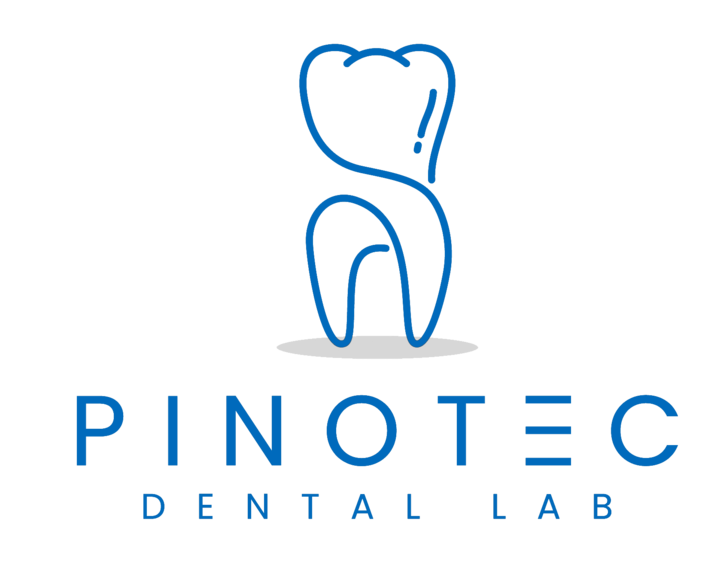Feldspathic veneers
Feldspathic Veneers are thin, custom-made porcelain shells bonded to the front of teeth to improve aesthetics. Known for their excellent translucency and natural appearance, they are ideal for front teeth restorations. These veneers offer minimal tooth reduction but are more fragile compared to other materials like zirconia or e.max, making them prone to chipping in high-stress areas.
Feldspathic Veneers are a type of dental veneer made from feldspathic porcelain, a high-quality ceramic material that has been widely used in dentistry for over 50 years. Feldspathic porcelain is known for its excellent aesthetic properties, making it a popular choice for cosmetic dental treatments, especially in the creation of veneers for front teeth.
Composition
Feldspathic porcelain is made primarily from feldspar, a mineral that is melted and fused into a fine, translucent material that resembles natural enamel.
- Feldspar: Provides the primary structure and body of the porcelain.
- Quartz: Increases the strength and durability of the material.
- Kaolin: A type of clay that helps with the shaping and molding of the porcelain.
Advantages of Feldspathic Veneers
- Excellent Aesthetics:
- The translucency of feldspathic porcelain closely resembles natural tooth enamel, providing a highly aesthetic result.
- The material reflects light in a way that mimics the natural teeth, making them ideal for front teeth restorations.
- Customization:
- Feldspathic veneers are highly customizable in terms of color, texture, and shape. They can be designed to blend seamlessly with the natural teeth, offering a personalized look.
Disadvantages of Feldspathic Veneers
- Fragility:
- Feldspathic porcelain is more prone to chipping or fracturing compared to stronger materials like zirconia or e.max, especially in high-stress areas like the back teeth.
- Care must be taken to avoid biting hard foods or using teeth as tools.
- Not Ideal for Extensive Damage:
- These veneers are best suited for minor aesthetic improvements. If a tooth is severely damaged or misaligned, other materials or restorative treatments may be more suitable.
Process of Fabrication
- Consultation and Planning:
- The dentist will assess the patient’s teeth, discuss the desired outcome, and decide if feldspathic veneers are the right option.
- Digital impressions or traditional molds of the teeth may be taken.
- Preparation:
- A small amount of tooth enamel is often removed to create space for the veneer. This step is minimal compared to other restorations like crowns.
- Impression:
- A precise impression of the teeth is taken and sent to a dental laboratory, where the feldspathic veneers will be custom-made by skilled technicians.
- Trial and Adjustment:
- Once the veneers are ready, they are temporarily placed on the teeth to check fit, color, and appearance. Adjustments are made as necessary.
- Bonding:
- After any necessary adjustments, the veneers are permanently bonded to the teeth using a strong adhesive, completing the procedure.
Care and Maintenance
- Oral Hygiene:
- Regular brushing and flossing are essential to maintain the appearance and longevity of feldspathic veneers.
- Avoid Hard Foods:
- Avoid biting hard objects or foods that could cause the veneers to chip or crack.
- Regular Check-Ups:
- Periodic visits to the dentist are important to ensure that the veneers remain in good condition and that the bonding is intact.
Conclusion
Feldspathic veneers are a top choice for those seeking highly aesthetic, natural-looking dental restorations. They are particularly suited for front teeth due to their lifelike translucency and ability to match natural tooth color. While they offer excellent aesthetic benefits, their fragility means they require careful handling and maintenance. For patients with healthy teeth looking for a minimally invasive cosmetic solution, feldspathic veneers can provide beautiful, long-lasting results. However, for those needing more durable solutions, other materials like zirconia or e.max may be more appropriate.


